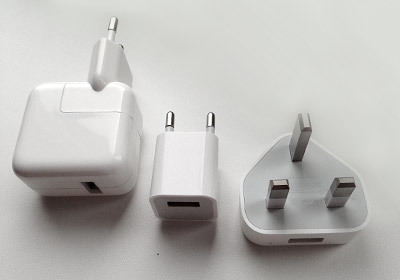
As the number of gadgets increases, the number of chargers increases. And if earlier only its own cable was suitable for almost every device, now many manufacturers have taken the path of unification, that is, charging has a USB output, and which cable to connect with which device is already the user's choice. So the question arises: is it possible to take one charger and charge iPhone, iPad, etc. without harm to the battery.
First, a little theory about the battery
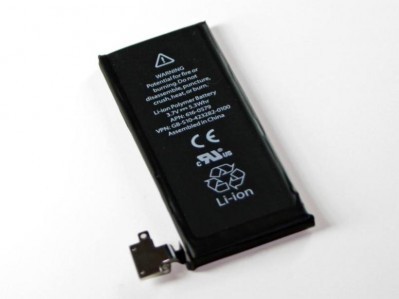
iPhone / iPod / iPad contains lithium ion polymer batteries.
Lithium-ion batteries provide longer battery life with less weight because lithium is the lightest metal. In addition, lithium-ion batteries can be charged at any time without having to wait until they are completely discharged, as was the case with the first mobile phones with nickel batteries.
In day-to-day use, keeping a lithium battery in good condition requires that the electrons in it be periodically in motion. For this and to calibrate the battery indicator, it is necessary to carry out at least one recharging cycle per month (fully charging and then discharging the battery).
How to charge iPhone from chargers
At the output, they provide different amperage.
Native chargers for iPhone, Europe and Asia. They give at the output – 5 W (5V – 1A).
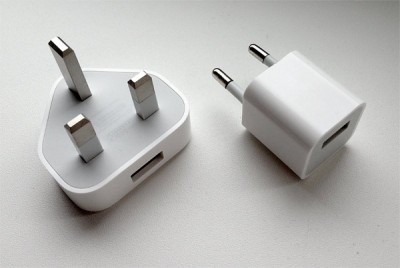
Native Chargers for iPad:
- To the left of iPad Air – 12 W (5.2 V – 2.4 A).
- To the right of iPad the first version is 5W (5V – 1A).
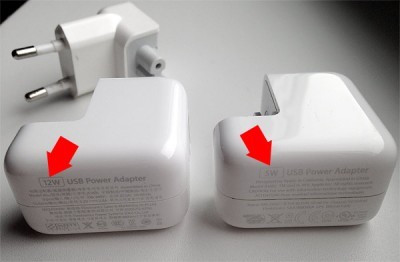
Chinese Universal for Travelers: – 2.5W (5V – 0.5A).
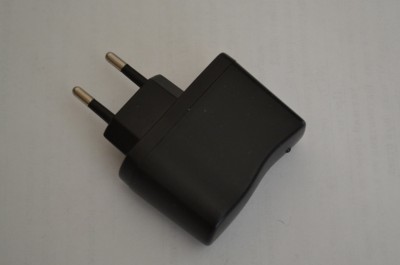
Universal charging from an e-book (the manufacturer recommends using only it in the instructions) – 5 W (5V – 1A).
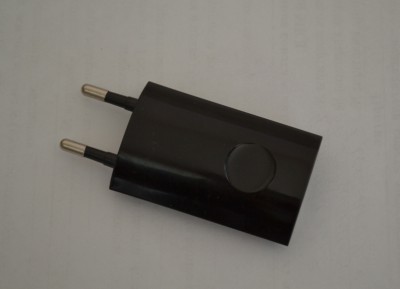
interesting 6.1-inch iPhone 12 and iPhone 12 Pro will go on sale first Subscription pack launch Apple One confirmed
Battery for emergency recharging of the device in the absence of an electric network – 5 W (5V – 1A).
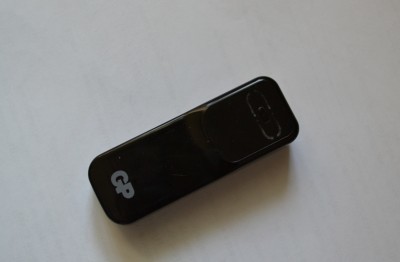
Remembering the course of school physics, I can make the statement that the stronger the charging current, the shorter the battery life. By the way, lithium batteries are much more sensitive to excessive charging currents than nickel ones, and the faster the battery is charged, the fewer operating cycles it will have before the working capacity begins to decrease. It follows from this logic that you should not charge iPhone with a charge from iPad.
However, the website Apple says that using a 'native' USB cable and any charger from iPad it is possible to charge iPhone. Source.
The table also lists all power adapters and says about the ability to connect iPhone to an adapter that produces a higher current.
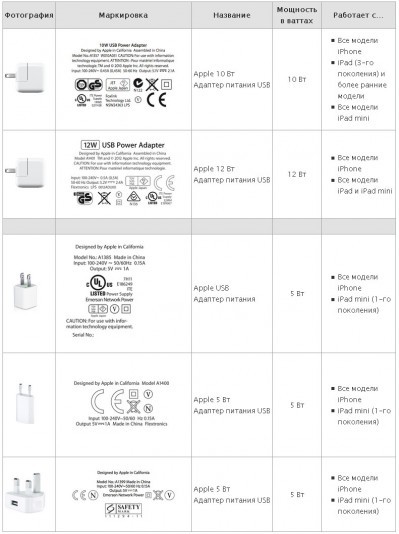
Charging at a lower current simply increases the charging time of the device.
It would seem, why Apple the strength of the incoming current into the device is not important? Everything is very simple, in iPhone there is a separate charge controller that regulates the charge current, so nothing terrible should happen.
Charging iPhone from a computer using a USB cable
Another answer how to charge iPhone is to plug the cable into the USB port of the computer. But first, it is advisable to figure out what USB ports your computer has.
Today they are equipped with three types: USB 1.0, 2.0 or 3.0. The first and second are capable of providing 500 mA (2.5 W), while USB 3.0 is almost twice as much – up to 900 mA (5 W).
Charging times can vary greatly depending on the type of USB the phone is connected to. Accordingly, it takes a long time to charge from USB 1.0 iPhone, almost twice as fast from USB 3.0. Distinguishing USB 3.0 from USB 1.0, 2.0 is simple:
USB 3.0 port color is blue!

Summarizing all of the above, for myself I made the following conclusion
It is better to use a different adapter for each device.
For iPhone – this is 1 amp adapter that comes with the kit … although if there is no time and you need to quickly recharge the device, you can also use it from iPad, though I am personally confused by the heating of the cable at the docking point with phone.
